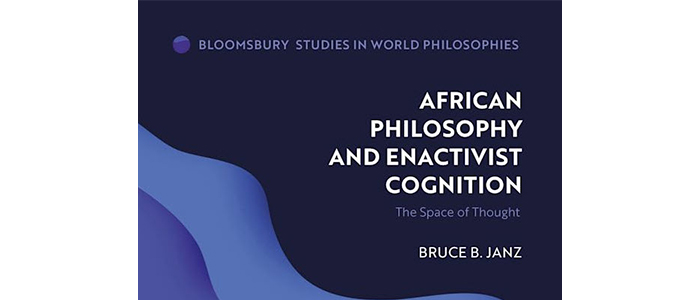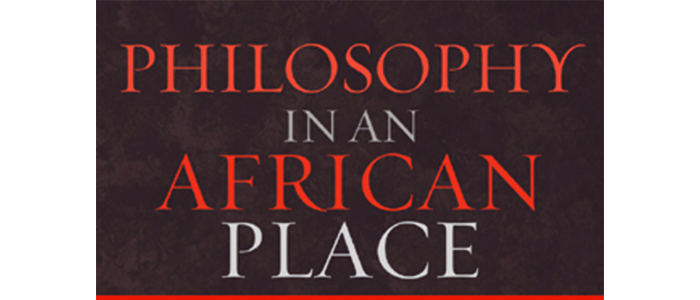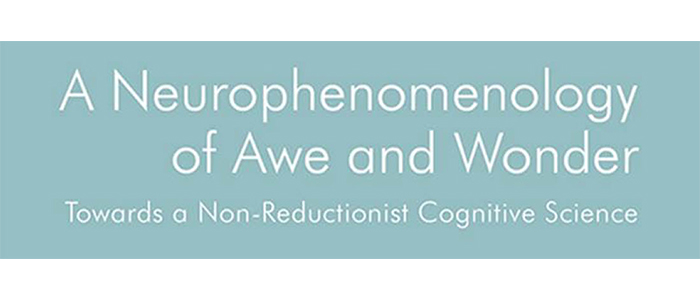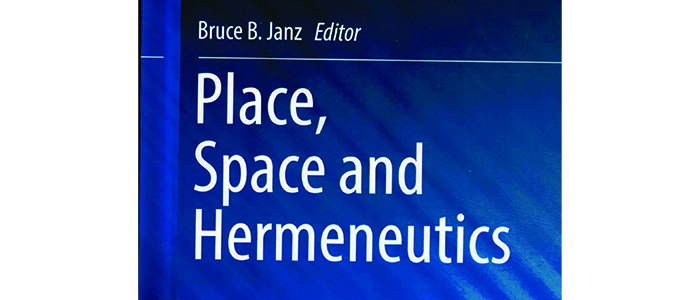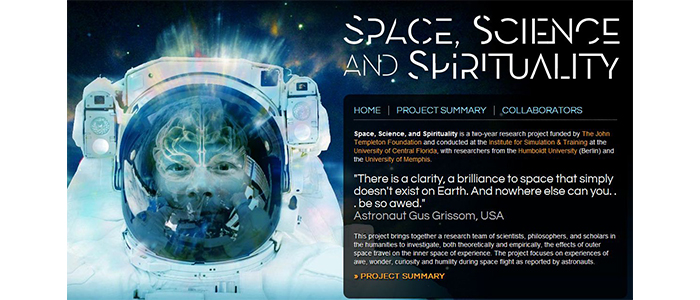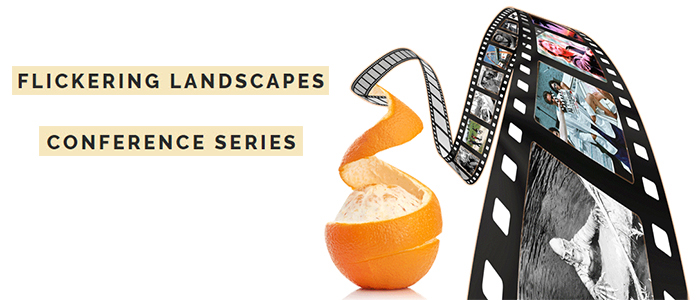My university is getting a new president, after 26 years of the previous one being in that position. The new president was our provost (there was a national search, but it’s pretty clear that he was the odds-on favorite from the beginning). What I’m interested in is not whether he was the best choice or not (I was on sabbatical this year, and so not involved in any way with the selection or public events during the interview process). I’m interested in the move from the provost filling a role at the university, to being something more than a role. And we can see that in his wife, or rather, in the fact that his wife is now seen as relevant, whereas when he was provost, she was not relevant to his job.
Why would that be? With the previous president, it was “John and Martha” think this, do that, etc. Now, we see “Dale and Mary”. We see it in other areas also. With normal presidents of the United States (i.e., not the current one), there is also a sense that the first lady is relevant. And, with our university president, we see the wife of the president called the “first lady” sometimes. None of this is meant to question the contribution of women to what are predominantly male leaders – perhaps the real question is, why is it relevant now and not at other times, in other positions? Why do we not know about the wife of the provost, or of deans, or department chairs? Do they not contribute also? And how about when those roles are filled by women – why do we not hear about the man behind the woman? We heard about Margaret Thatcher’s husband Denis once in awhile, but he was hardly prominent. Drew Faust Gilpin, past president of Harvard, has a husband (Charles Rosenberg) who is rarely mentioned.
But this is not about the secondary status of women, which is surely true and exhibited every day. My question here is, why do we shift into this narrative for people at the top of an organization or a government? I suspect it is because we are trying to leverage a narrative, and trying to create trust. These are large, complex organizations. No one can know every bit of them. We must have some level of trust in the person at the top. If we cannot rely on our own ability to understand something, we have to trust someone who does.
Now, you might think that going through an interview and selection process would be enough to assure people of that. You might think that an election would be enough. But it isn’t. The person needs to not only be selected, but seem worthy. And seeming worthy requires leveraging a narrative, one of family structure, in which the leader is dad. And dad needs a mom, in the heteronormative public imagination. If dad can show that there is an orderly and loving family, he can be magnanimous and acknowledge their support, while he gets from them the legitimacy of being a male leader. We saw this as well recently with Trump’s nominee for the Supreme Court in the US, Brett Kavanaugh, who made a point of having his well-scrubbed family with him on stage, to underscore the narrative.
There is, as George Lakoff has often said, a political divide on this. The right wants the stern father, the left wants the nurturing mother. But that doesn’t entirely cover it. The issue is about trust – why it is needed and how it is generated. We trust someone when the networks or structures we need to deal with are too complex for us to understand. And, that is an inevitable fact of life – these always exist, which is why we generate mechanisms for trust – expertise, testimonials, track records of success in some area. The more there is a sense that an area is too complex to understand, the more we search for someone to trust.
But is it actually trust? It might be faith. Trust is different from faith. Trust has mechanisms. We can trust but verify. We can have trust based on past performance, and withdraw trust based on the same thing. Faith, on the other hand, tends to be an all or nothing affair. It is a narrative we tell that fits the parts of the world together into a coherent whole.
Universities need to have their constituent communities trust the leadership. Why? Because they are very complex entities, with very large budgets. No one can fully understand all their workings (partly because the mechanisms are often local ones, and often dependent on tradition rather than rational structure). But there’s another reason. In a university, if everyone just did their job as it is spelled out in their contracts, the university would grind to a halt quickly. Universities depend on people doing more than the basics. They depend on people working far more than a 40 hour week. And, the only way they can get this kind of commitment is to not think of university space as a job, but as a calling, more like a religious vocation, which people believe in. And, the symbol of that belief is the president. And his wife. This is more like faith than it is like trust.
And so, the fundamental political distinction that Lakoff identifies, between types of metaphor, doesn’t quite capture it. I think what does capture the distinction is the difference between trust and faith. The left looks for something or someone to trust, whereas the right looks for something or someone to have faith in, at least in this day and age. That’s not necessarily the case at all times, but is it the case now. On the left, in an ideal world we would not have to trust anything but reason and the mechanisms we have put into place for allowing rational beliefs and options to win the day. On the right, in an ideal world, we would have faith in the narrative about the US and the story told by right-wing politicians, which is a story of hierarchy and the centrality of white men to all things. This is faith, not trust, because if we were to use the mechanisms of trust to evaluate these claims, they would not stand.
Bringing the supportive wife into the picture is a story about faith, not trust, especially under Republican presidents. Consider the last two Democratic presidents. Both had wives, and both did not easily fit into the “faith” model. Both Hillary Clinton and Michelle Obama were forceful. They were not the meek and supportive figure, enabling a narrative of faith. They did, however, operate in the realm of trust. George W. Bush’s wife Laura, and his father’s wife Barbara, both fit into the supportive spouse role, at least while they were in office.
How, then, does one deal with faith? It is regarded as such an unalloyed good in American culture that it is hard to see what the alternative might be. Well, one thing to realize is that trust is incremental whereas faith is catastrophic. In other words, change happens with trust bit by bit, and can go both directions, towards more or less trust. Change in faith only happens by overturning a narrative and replacing it with another. So, it seems impossible to deal with – contrary evidence to a narrative of faith is more likely to get people to dig in to the narrative than to overturn it.
And yet, there are still elements of trust even in those who operate by faith. There is still the ground-up logic of weighing the evidence of your eyes, at least on some things. The problem, though, has to do with how we deal with the very complex, very difficult to understand structures of the world. The narrative around Donald Trump is totally one of faith, among his followers. Many would vote for him no matter what evidence is brought forward about anything he has done. Some will commit violent acts if he is impeached; some might even if he is voted out of office. The faith is strong in this Daddy and his rich friends (and, in his case, his cabinet almost fills the role of wife in supporting the faith, since it is about success and its markers). In many cases, there is no way to change this faith, nor should anyone try.
But trust can change. Right now, enough people trust Trump because he’s doing what he said he would do – put extreme right-wing judges in place, not only in the Supreme Court but elsewhere as well. Stand up to what his base perceives as bullying by other nations. Evict undocumented people and ramp up harassment of minorities. And, even if these things are put to a halt by, say, an election in November that gives Democrats control of the House and Senate, this won’t diminish peoples’ trust, and it will certainly not change their faith. Indeed, one of the arguments of the right is that we have placed too much trust in technocrats, the experts of governance and public policy. Faith Trumps trust, the top-down narrative trumps the bottom-up process of externalizing our cognitive processes to reliable alternatives.
A university, in giving a “president + wife” narrative, is trying to establish faith. It has other ways of doing this – its football team, for instance. The upside is the potential for people to work and commit more than they should, as well as having a loyalty even when things go wrong. The downside is the potential for a lack of scrutiny, a loyalty even when things go wrong. Yes, the strength is also a weakness. “This is a big complicated place, but Daddy at the top has everyone’s best interests at heart. Have faith. And if you see something you don’t understand, don’t ask too many questions. Have faith. It is better to follow the plan than to come up with your own. Have faith.”
There is, obviously, a religious dimension to this analysis, but it is worth noting that not all religion is faith in the sense I describe here. Some is. Conservative Protestant evangelicalism and fundamentalism is. And, it is also worth noting that we all have some measure of faith and some measure of trust. The question is, how do they relate to each other? Incremental trust and catastrophic faith do not easily work together. We live in a time of the ascendance of faith, perhaps in response to an increasingly complex world (that is, a world that not only is complex, but seems complex due to digital communication). Trust as a value is waning for many people – experts are not trusted, nor are institutions, nor is the precedent of past experience. Universities leverage faith in CEO-presidents, with wives and quasi-regal stories, rather than trust in procedures or expert input. The path to restoring trust as a narrative and as a virtue is not clear, but there is nothing to say that history is deterministic and that faith’s ascendency will continue unimpeded. The weakness, perhaps, is its overreach.
